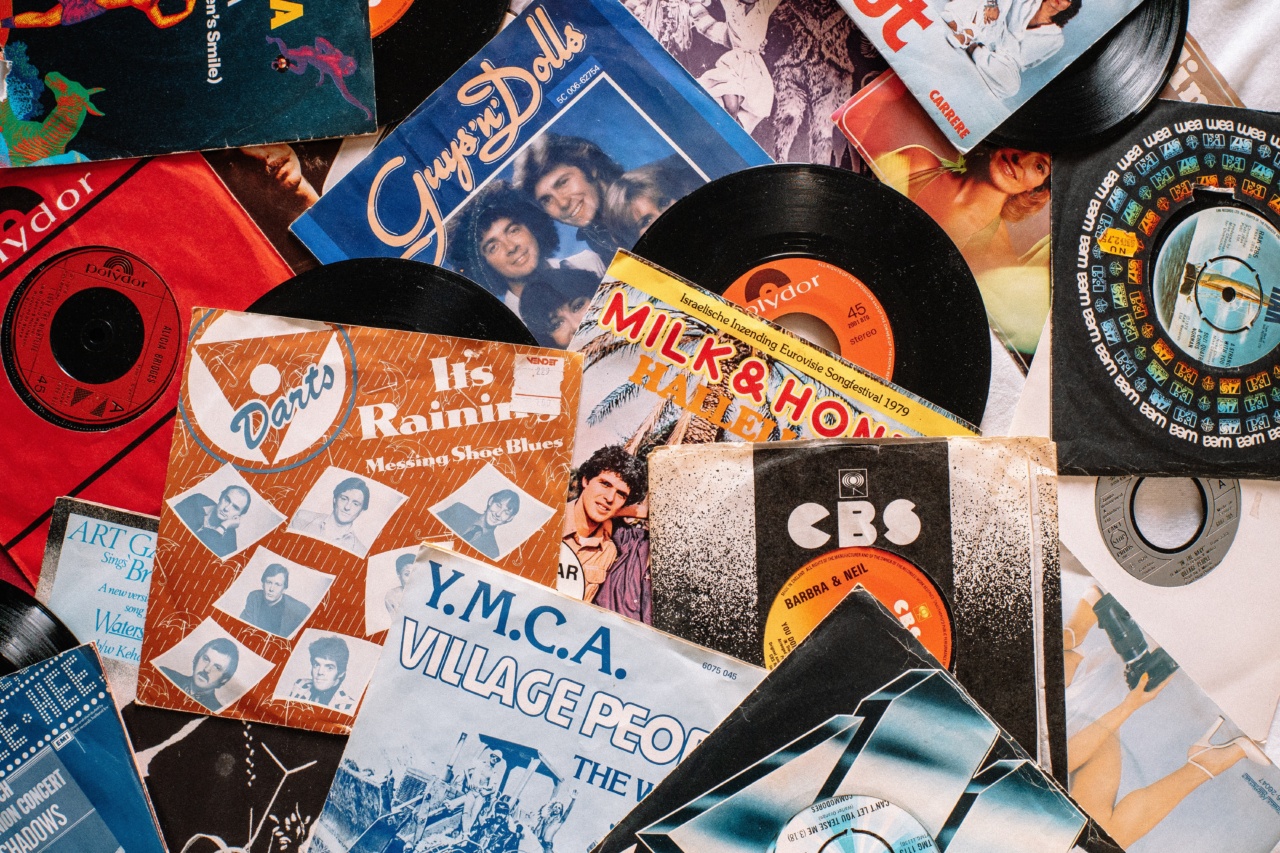As people age, one of the most prominent concerns is the decline in cognitive abilities, particularly memory.
Memory loss and cognitive decline can significantly impact the quality of life for older individuals and their ability to carry out daily tasks independently. Therefore, finding effective ways to enhance memory in the aged population is a topic of extensive research and interest.
Understanding Memory and Aging
Memory is a complex cognitive process that encompasses the encoding, storage, and retrieval of information. As individuals age, various changes occur in the brain that can contribute to memory decline.
These changes include neuronal loss, reduced synaptic plasticity, and alterations in neurotransmitter systems.
The Promise of Non-Invasive Brain Stimulation
In recent years, non-invasive brain stimulation techniques have emerged as a promising avenue for enhancing memory in older adults.
These techniques involve the application of electromagnetic fields or electrical currents to specific regions of the brain, which can modulate neuronal activity and promote cognitive improvements.
Transcranial Magnetic Stimulation (TMS)
One such non-invasive brain stimulation technique is transcranial magnetic stimulation (TMS). TMS uses magnetic fields to induce electrical currents in targeted regions of the brain.
By stimulating specific brain areas associated with memory, TMS has shown potential in enhancing cognitive performance in older adults.
Studies Demonstrating Memory Enhancement
A study conducted by Rossi et al. (2009) investigated the effects of repetitive TMS on memory function in older individuals.
The researchers found that TMS applied to the dorsolateral prefrontal cortex significantly improved memory performance compared to a sham stimulation group.
Transcranial Direct Current Stimulation (tDCS)
Another non-invasive brain stimulation technique is transcranial direct current stimulation (tDCS). Unlike TMS, tDCS involves the application of a weak electrical current through electrodes placed on the scalp.
This current modulates the resting potential of neurons and can enhance cortical excitability.
tDCS Improving Memory in Aging
Several studies have demonstrated the potential of tDCS in improving memory in the aged population. For instance, a study conducted by Meinzer et al. (2013) investigated the effects of tDCS on episodic memory in healthy older adults.
The researchers found that tDCS applied to the left prefrontal cortex significantly improved memory performance compared to sham stimulation.
Combining Non-Invasive Stimulation Techniques
Some studies have explored the benefits of combining different non-invasive brain stimulation techniques to enhance memory in older adults. For example, a study conducted by Floel et al.
(2011) investigated the combined effects of TMS and tDCS on memory performance. The researchers found that the combination of TMS over the left dorsolateral prefrontal cortex and tDCS over the left temporal cortex led to significant improvements in memory recall compared to sham stimulation.
Underlying Mechanisms
The exact mechanisms by which non-invasive brain stimulation enhances memory in the aged population are still being investigated. However, several hypotheses have been proposed.
One theory suggests that these techniques enhance synaptic plasticity by increasing the release of neurotrophic factors. Another hypothesis proposes that non-invasive brain stimulation improves memory by modulating cortical excitability and increasing neural network connectivity.
Challenges and Future Directions
While non-invasive brain stimulation shows promise in enhancing memory in the aged population, there are still several challenges to overcome.
One challenge is determining the optimal stimulation parameters, such as intensity, duration, and frequency, to maximize the effects on memory. Additionally, long-term effects and potential side effects of these techniques need to be thoroughly investigated.
Conclusion
Non-invasive brain stimulation techniques, such as TMS and tDCS, hold great potential for enhancing memory in the aged population.
These techniques have demonstrated positive effects on memory performance in older adults, offering hope for improving cognitive functioning in aging individuals. Further research is needed to fully understand the underlying mechanisms and optimize stimulation protocols for maximum benefit.






























